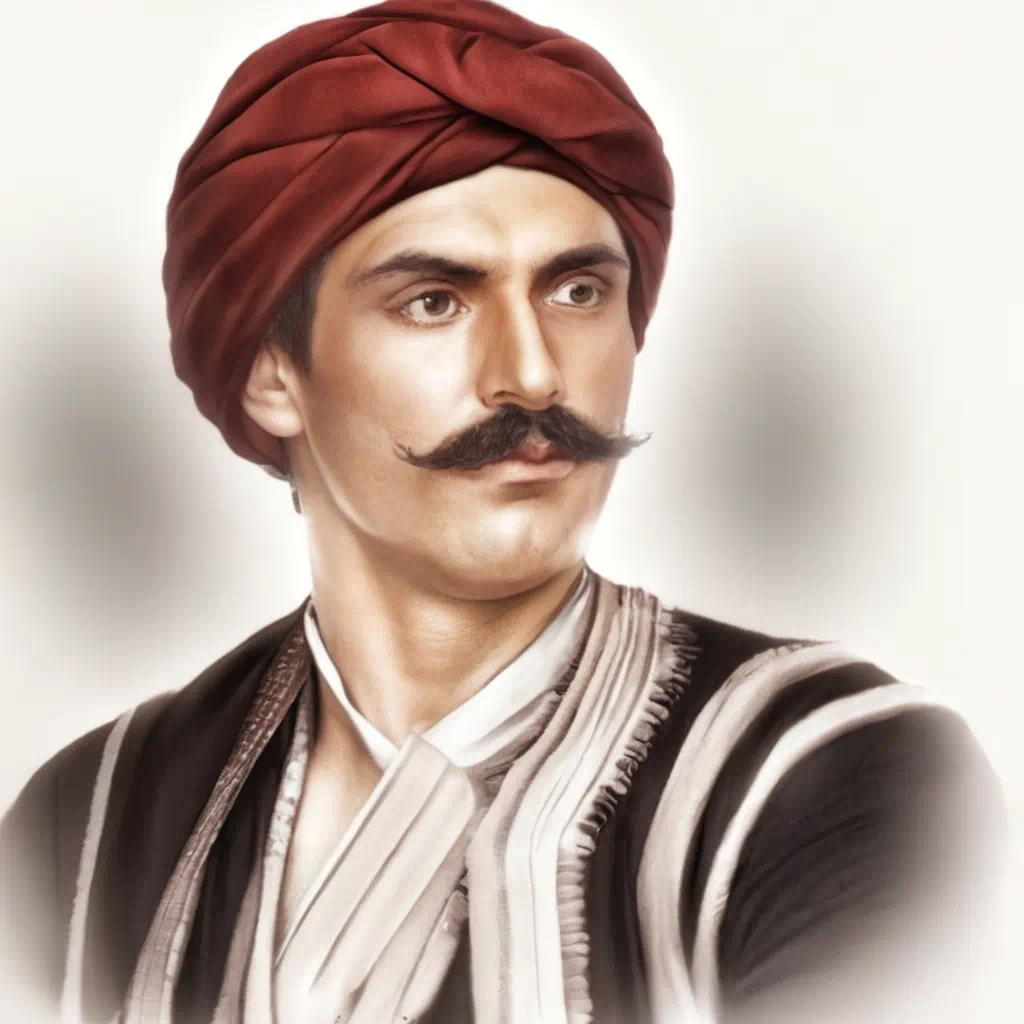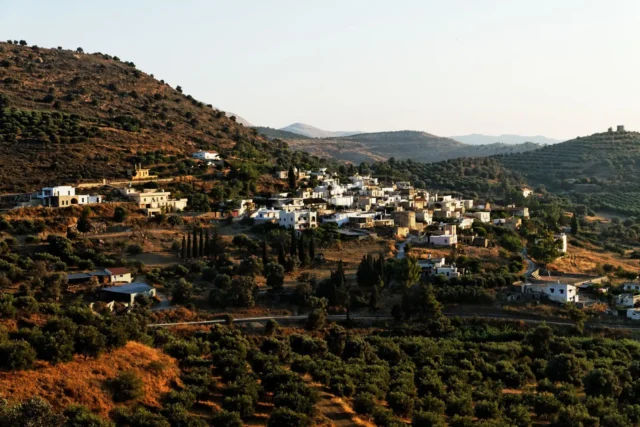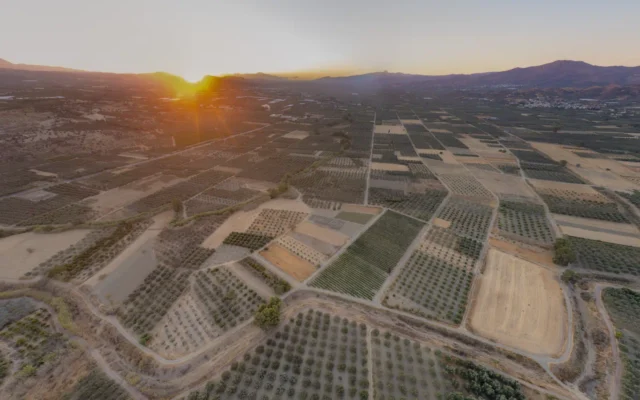
The Strategic Importance of Crete
Crete’s location in the Eastern Mediterranean made it important for those in power. During Ottoman rule, Crete had three pashas, one a vizier. Compared to the single pasha in the Peloponnese, this shows Crete’s strategic value and how hard it was to govern.
The Kourmoulis Family: Crypto-Christians
The Kourmoulis family, with roots in Byzantine times, shows how Cretans survived under Ottoman rule. They may be linked to the Blastos family, who resisted Venetian rule. To live under Ottoman rule, they outwardly followed Islam but secretly kept their Christian faith. This helped them protect other Christians from Ottoman oppression.
Michalis Kourmoulis: A Leader in the Revolution
Michalis Kourmoulis, born in Kouses in 1765, is an important figure in this story. He was skilled, generous, and influential. Kourmoulis’s work spanned Crete, from Messara to Amari and Mount Psiloritis. He also connected with people in Heraklion, Chania, and Rethymno.
The Cretan Uprising of 1821
The Cretan uprising in 1821 changed the island’s history. Kourmoulis, part of the Filiki Eteria, helped organize and lead Cretan forces. His strategic skills and bravery were seen in battles against the Ottomans. His efforts to free Messara and the Heraklion area showed his understanding of the land and his ability to unite Cretans.
The Aftermath and Kourmoulis’s Legacy
The Cretan uprising showed the islanders’ spirit, but it faced challenges. Kourmoulis and his family had to leave Crete and go to Hydra. He died there in 1824, a big loss for Crete and Greece. But his legacy as a hero of the Greek Revolution inspires Cretans today.
Important Places in the Life of Revolutionary Leader Michalis Kourmoulis
- Kouses: This village in the Messara plain is where the Kourmoulis family lived. Its twin towers show the family’s legacy. Michalis Kourmoulis was born and raised here.
- Messara Plain: This large, fertile area in southern Crete was a key battleground. Kourmoulis used his knowledge of the area to lead forces against the Ottomans.
- Amari and Mount Psiloritis: These mountains provided a safe place for the revolutionaries. They are linked to Cretan resistance and were a place for Kourmoulis and others to plan and continue their fight.
- Heraklion, Chania, and Rethymno: These cities were centers of Ottoman power. Kourmoulis interacted with Turkish officials and revolutionaries here, showing the complex political situation in Crete.
- Sfakia: This remote area in southwestern Crete was known for its independence. Its people helped in the Cretan Revolution.
- Paximadia Islands: These small islands were a temporary place for Christians escaping Ottoman rule. They show the hardships faced by those resisting Ottoman rule.
Reference
- Georgios Mich. Paterakis, 1989, The Chief Revolutionary of Crete Captain Michalis Kourmoulis, His Contribution to the Struggle of ’21, Heraklion.
Key points
- Date and place of birth: 1765, Kouses, Crete
- Date, place, and cause of death: June 1, 1824, Hydra, Greece; injuries, hardships, and deprivation
- Resting place: Hydra, Greece
- Nationality: Greek
- Legacy: A hero of the Greek War of Independence, known for his leadership, bravery, and complex religious identity



